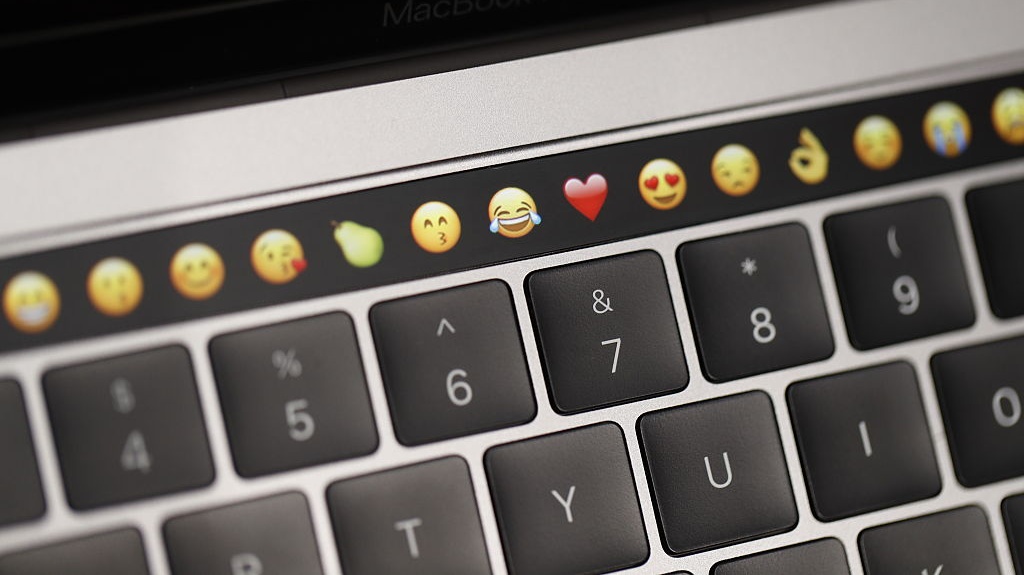If you’re interested in sharing your opinion on any cultural, political or personal topic, create an account here and check out our how-to post to learn more.
____
I woke up thinking about the verb “to write.” Then I started thinking about the verb “to emoji.” And I said to myself, there is no verb to emoji. So, I thought, what is an emoji, this invasion of human speech? Google says an emoji is a small digital image or icon — we need to check on the meaning of that word “icon” as well — used to express an idea, emotion, etc. It was developed by the Japanese — 23 years ago by Softbank, a Japanese wireless carrier in 1997. So, in a little more than two decades we have given up on the word in order to embrace and substitute the emoji for the spoken or written word. What does emoji mean?
The word “emoji” means “pictograph.” But why a pictograph? I recall seeing pictographs and ideograms on the walls of ancient temples and tombs of Ancient Africans from Egypt to Sudan. And they were in color. But I digress.
But why the emoji? Because we can express emotions quickly with two thumbs instead of 10 fingers? Is that what it's all about? The fingers versus the thumbs? That’s where the cell phone comes in.
So, a Japanese company (not saying anything bad about the Japanese) has convinced the world — especially the digital Klingons, the millennials — that emojis, with a red tongues hanging out and bloated faces like a digital hangover, should take the place of a word? An emoji isn’t even a verb. You can’t even conjugate an emoji.
Which brings me to this question: What is a word? It is a single, distinct meaningful — note the word, meaningful — element of speech, or when used with other words, can actually form a sentence.
Right now I am imaging an emoji. A string of emojis sitting at a table with pencil or pen, typewriter or keyboard trying to write a letter. And to do that, you need verbs to conduct the action of the sentence. They need to be verbs that can be conjugated so we can see who is conducting the action in that sentence. But I digress.
What I am simply doing is asking that you return to the use of the glorious word, to express yourself in a letter — full of words. This letter can be read, you can touch it and it can be understood by virtually — excuse the pun — everyone around the globe in both a paper or digital version.
On the other hand, the emoji has limited use: half of the world, if not more, does not read a young, yellow ball in its 20s sipping pina coladas on a beach the same.
In other words, I am asking you to fall back on the verb and to write, as in a letter from you to Kamala Harris. My organization, The Harris Letters Project, is a letter campaign powered by women to show support and uplift Senator Kamala Harris, the presumptive Democratic vice presidential nominee in the 2020 election.
You can write your letter in any language, with pencil, pen, crayon, a typewriter, keyboard or video. But an old fashioned letter expressing support for the first African American/Indian female for Vice President is what we ask. I can “feel” emoji, but writing emoji is not in my wheelhouse.
Your letters to Senator Harris will keep the wind beneath her wings, because actual words still have power.

